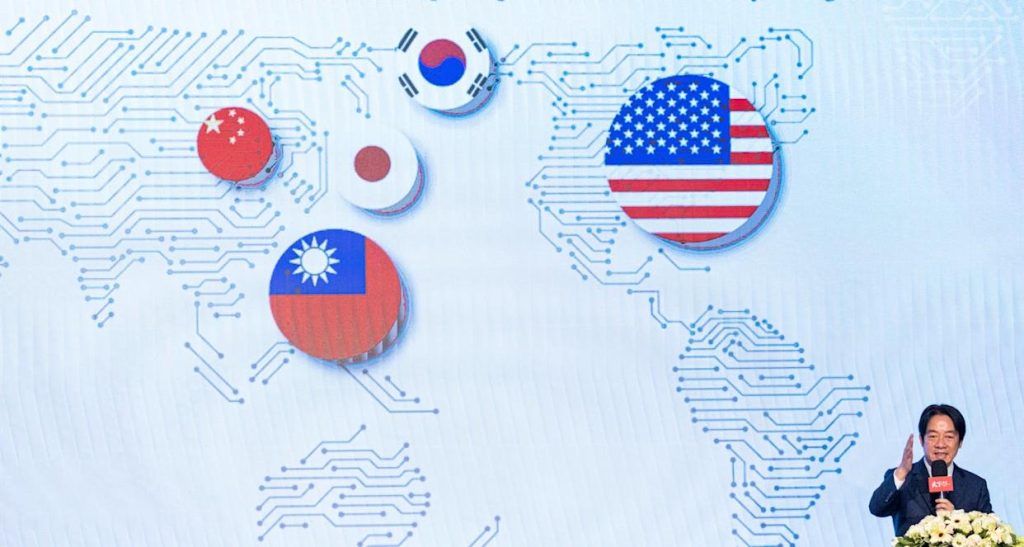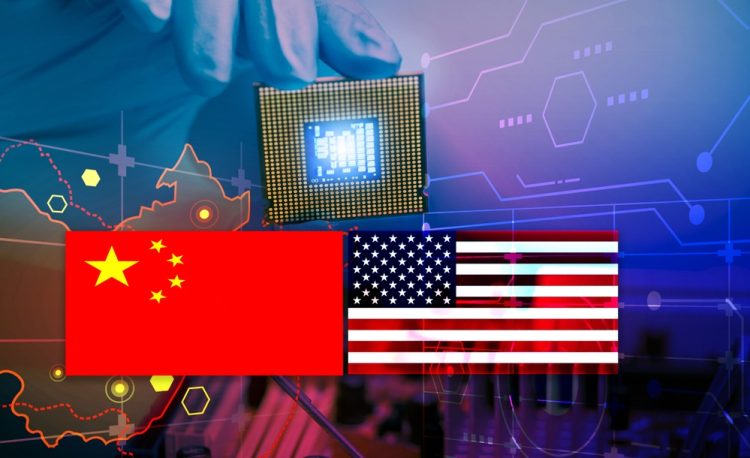The semiconductor sector and AI hardware segment have traditionally moved in tandem, driven by overlapping technological innovation cycles and shared supply chain dynamics. However, 2025 has witnessed a striking divergence between semiconductor stocks broadly and leading AI hardware players, exemplified by NVIDIA’s roughly 30% underperformance relative to ASML year-to-date. This decoupling has perplexed many investors who expected AI-related demand to buoy the entire semiconductor ecosystem uniformly. Understanding this divergence requires deep analysis of corporate performance, geopolitical risks in advanced chip packaging supply chains, and evolving investor sentiment as reflected in short interest trends across wafer fabrication equipment stocks. This article unpacks these key factors, revealing why investors are drawing sharper distinctions between AI hardware titans and broader semiconductor firms in the current market environment.
Analysis of NVIDIA’s Underperformance Versus ASML
NVIDIA has been widely regarded as the flagship beneficiary of AI’s exponential growth, with its GPUs forming the computational backbone of generative AI workloads. The company’s near-monopoly in high-performance AI accelerators should, in theory, translate into strong stock performance. Yet, 2025 YTD data shows NVIDIA underperforming ASML — the Dutch supplier of advanced photolithography systems critical to semiconductor manufacturing — by about 30%.
Several factors explain this gap. NVIDIA’s stock price has been pressured by concerns over slowing AI hardware adoption beyond the initial hype phase. While demand for AI chips remains robust, customers are delaying upgrades amid macroeconomic uncertainty and supply chain normalization. Moreover, NVIDIA’s high valuation multiples have invited profit-taking and recalibration by investors adopting a more cautious stance on growth expectations.
In contrast, ASML’s performance has been buoyed by its monopoly in extreme ultraviolet (EUV) lithography tools essential for manufacturing leading-edge chips. The ongoing global race for chip miniaturization keeps ASML’s order book full and pricing power strong. Furthermore, geopolitical imperatives to secure domestic semiconductor production in the US, Europe, and Asia drive government subsidies and capital expenditures, disproportionately benefiting wafer fabrication equipment (WFE) suppliers like ASML.

Investors are thus pricing ASML not only as a supplier but as a strategic enabler of next-generation chip production, creating a structural tailwind absent in NVIDIA’s more volatile AI hardware market.
Geopolitical Risks in Advanced Chip Packaging Supply Chains
Beyond the lithography battlefront, geopolitical risks loom large in the more fragmented and geopolitically sensitive advanced chip packaging supply chains. Advanced packaging, which includes 2.5D/3D stacking, chiplet integration, and wafer-level packaging, is critical for AI hardware performance and efficiency but remains highly concentrated in specific geographies and vendors.
Taiwanese firms such as TSMC and ASE have long dominated advanced packaging, but ongoing cross-strait tensions and export controls from the US and China raise significant supply chain uncertainty. Recent restrictions targeting advanced packaging materials and equipment have disrupted supply flow, prompting AI hardware manufacturers to reassess supplier risk profiles and diversify sourcing.
Semiconductor companies reliant on legacy packaging technologies or exposed to politically sensitive supply chains face greater uncertainty, eroding investor confidence. Conversely, AI hardware players with vertically integrated or regionally diversified supply chains are perceived as better insulated from these risks.
This geopolitical complexity also impacts capital allocation decisions across the semiconductor landscape. Companies unable to secure stable packaging partnerships may delay product launches or scale back R&D, widening the performance gap with AI hardware firms adept at navigating geopolitical headwinds.
Short Interest Trends in Wafer Fabrication Equipment Stocks
Investor sentiment further illustrates the divergence in the market through short interest trends. Wafer fabrication equipment stocks, which include ASML and other key suppliers, have experienced relatively low and stable short interest levels in 2025, reflecting strong investor confidence in their long-term structural growth driven by semiconductor capital expenditure cycles.
In contrast, some segments of the broader semiconductor sector, particularly those heavily exposed to consumer electronics and traditional chip markets, have seen rising short interest. This reflects investor skepticism about near-term demand sustainability amid inflationary pressures and evolving technology transitions.
Interestingly, wafer fabrication equipment stocks related to advanced packaging have displayed fluctuating short interest as investors attempt to gauge the geopolitical risk premium embedded in supply chain disruptions. Elevated short interest in certain packaging equipment providers signals market concerns about potential order delays and margin pressures.
For AI hardware companies like NVIDIA, which straddle the line between semiconductor manufacturing and end-product innovation, short interest patterns have been mixed. Some investors have taken bearish stances on valuation grounds while others maintain bullish outlooks driven by AI’s long-term secular growth potential.
The divergence in short interest behavior between WFE stocks and broader semiconductor equities underscores how market participants are increasingly segmenting their views based on technology specialization, supply chain security, and valuation discipline.
Conclusion
The divergence between semiconductor stocks and AI hardware players in 2025 reflects a complex interplay of fundamental, geopolitical, and market sentiment factors. NVIDIA’s underperformance relative to ASML highlights the nuanced differentiation investors now apply, weighing near-term AI adoption dynamics against strategic chip manufacturing imperatives.
Geopolitical risks concentrated in advanced chip packaging supply chains introduce asymmetric vulnerabilities that affect semiconductor companies unevenly, elevating the premium on supply chain diversification and regional security. Meanwhile, short interest trends provide a barometer of investor conviction, revealing increased segmentation within the semiconductor space.
For investors navigating this landscape, understanding these layered dynamics is essential. Identifying semiconductor stocks with resilient supply chains, exposure to structural capital investment trends, and prudent valuation will be key to capturing upside. Concurrently, selective AI hardware companies poised to manage geopolitical challenges and evolving market demand stand to benefit from AI’s enduring growth trajectory.
As the semiconductor and AI hardware sectors evolve, continued monitoring of geopolitical developments, supply chain innovation, and investor sentiment will determine the winners and laggards in this increasingly bifurcated market.














































